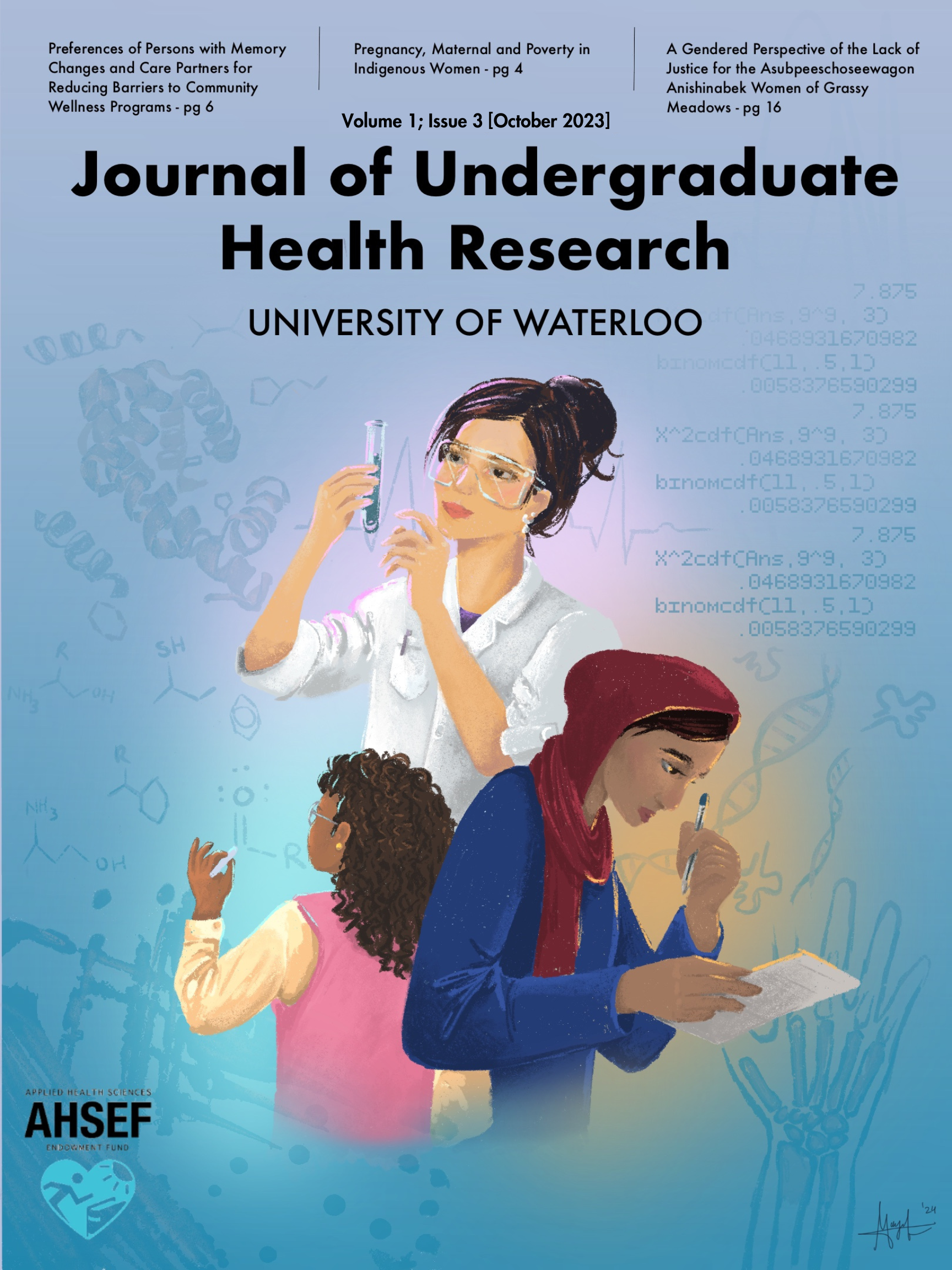A Gendered Perspective of the Lack of Justice for the Asubpeeschoseewagoon Anishinabek Women of Grassy Narrows
DOI:
https://doi.org/10.15353/juhr.v1i3.6105Keywords:
Asubpeeschoseewagoon, Anishinabek, Grassy Narrows, Environmental JusticeAbstract
From 1962 to 1970, the Reed Paper Mill dumped over 9000 kilograms of mercury into the English-Wabigoon River system in Northern Ontario. The Grassy Narrows community, an Anishinabek First Nation, depend on this water system for sustenance and their livelihoods. Their reliance specifically on fish as a primary source of food and income increases their community’s vulnerability to mercury poisoning, which has resulted in lasting impacts on the physical and mental health of their community. Grassy Narrows women are disproportionately impacted by mercury poisoning due to their gendered responsibility to protect water, care work, and child-bearing. This paper examines the failure of the Government of Ontario to uphold the foundational elements of environmental justice for Grassy Narrows women, including distributive fairness, procedural fairness, and corrective action. Recommendations for the Government of Ontario include listening to the needs of Grassy Narrows First Nations and including them in decision-making processes to help ease the generational pain caused by perpetual environmental racism.
Downloads
Published
Issue
Section
License
Copyright (c) 2024 Amanda Armstrong

This work is licensed under a Creative Commons Attribution 4.0 International License.

